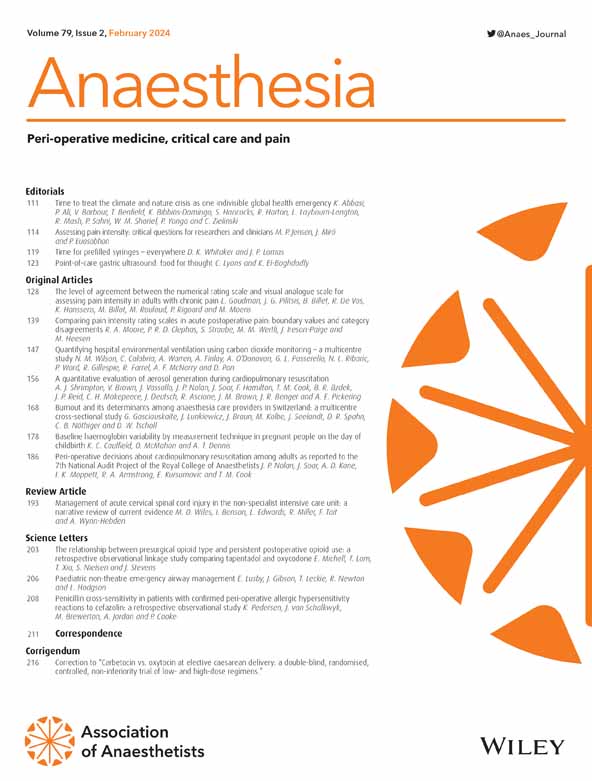Iron deficiency, with or without anaemia, is common during the peri-operative period. It has been hypothesised that pre-operative iron deficiency is associated with an increased incidence of postoperative infection. We designed the CARIPO prospective observational study to assess the incidence of postoperative infection in patients with and without iron deficiency undergoing a variety of major surgeries.
We conducted a single-centre study in a tertiary, university-affiliated hospital in France. Iron deficiency was defined as a ferritin < 100 μg.l-1 or < 300 μg.l-1 with a transferrin saturation < 20%. The primary outcome was incidence of any postoperative infectious complication measured at 90 days after surgery. Secondary endpoints included the incidence of individual infectious complications: surgical site infection; bacteraemia; pneumonia; urinary tract infection; peripheral line-associated bacterial infection; and all-cause postoperative complication.
We recruited 390 patients. Of these, 170 (44%) had pre-operative iron deficiency and 220 (66%) were iron replete; 27 (16%) patients in the iron deficient group developed a postoperative infection compared with 26 (12%) in the iron replete group (p = 0.25). Surgical site infections occurred in 11 (7%) iron deficient patients and 3 (1%) iron replete patients (p = 0.01). Other types of infectious complication and all-cause postoperative complication were similar between groups.
Iron deficiency was not associated with a higher rate of postoperative infection relative to an iron replete state. While iron deficiency was associated with a higher rate of surgical site infection, this result is hypothesis-generating, and further prospective studies are required.


